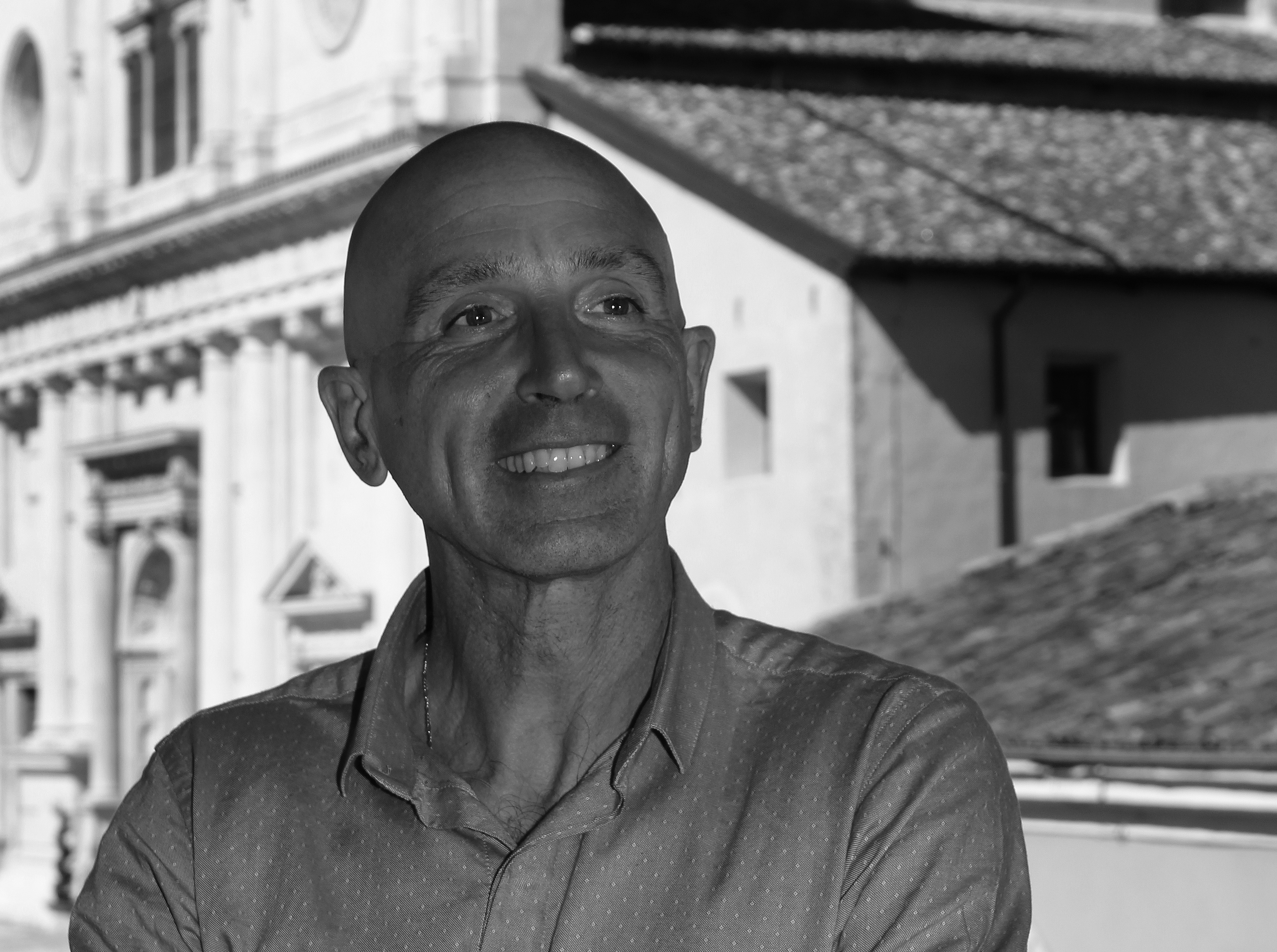UN’OPERA DEL MAESTRO ARNALDO POMODORO
A WORK OF THE ARTIST ARNALDO POMODORO
- 27 Gen 2019
Si illustra nelle successive immagini una scultura multipla di piccole dimensioni dell’artista Arnaldo Pomodoro, dell’anno 1977, un periodo precedente a quello delle grandi opere in bronzo, come le monumentali sfere, che hanno consacrato il maestro tra i più grandi scultori contemporanei italiani. L’opera trattata è un multiplo (opera realizzata in più esemplari) realizzato in bronzo dorato su piedistallo in legno. La tiratura è di 32 pezzi di cui due per l’autore stesso. Le dimensioni della scultura sono di cm 29 X 25 X 3. Pomodoro nel periodo del dopoguerra ottiene il diploma di geometra e frequenta l`Istituto d`Arte. Terminati gli studi inizia a creare monili, pezzi astratti di oreficeria, piccole sculture in oro e argento e, a partire dagli anni 50, utilizza principalmente come materiale il bronzo. Nella scultura presentata si vedono gli iniziali segni del linguaggio artistico del maestro, che evolverà fino alle opere della maturità.
“Ho scelto i solidi della geometria intervenendo come una termite, per separare e togliere, per entrare all’interno della forma, per distruggerne il significato simbolico. Le mie fratture denunciano un’insospettabile fragilità della materia, il lato oscuro, interiore ed espressionista dell’animo e del mondo […] Ogni forma tende all’essenzialità volumetrica della sfera, del cubo, del cilindro, del cono, del parallelepipedo e di altri solidi euclidei perfetti, nettamente tagliati, le cui ripetizioni in schiere o segmenti, rettilinei o circolari, sono paragonabili alla successione delle note in una composizione musicale o ad ingranaggi di macchinari nascosti all’interno dei massicci contenitori, resi parzialmente visibili dalle spaccature e dai tagli che rompono le superfici levigate esterne.” (Arnaldo Pomodoro).
L’artista predilige il bronzo, ama lavorare con le proprie mani. Egli immagina, trasforma e rielabora oggetti di recupero e frammenti senza identità, partendo dall’argilla. Ogni opera nasce da un materiale semplice da lavorare come l’argilla, da cui si ottiene un calco e si arriva all’opera finita dopo la colatura del metallo (processo di fusione di una scultura in bronzo).
“Ero un ragazzino piuttosto solitario e visionario, il quale pensava e scorgeva gli oggetti in maniera differente rispetto ai coetanei, con cui giocava a volte sulla riva del fiume Conca. L’argilla che si trovava ai bordi di quel fiume immenso e maestoso era meravigliosa, così fine e pulita da rispondere immediatamente al tocco delle dita. Con essa e senza il minimo sforzo da parte mia, grazie alla predisposizione naturale, creavo delle forme singolari […] Sono attratto dalla materia che ho bisogno di toccare e di trasformare. Ho sempre subìto un grande fascino per tutti i segni, soprattutto quelli arcaici. Anche la scrittura mi ha attratto, dai segni primordiali nelle grotte, alle tavolette degli Ittiti e dei Sumeri.” (Arnaldo Pomodoro).

Fig. 1 Scultura Untitled 1977, num. 19/30, multiplo originale di Arnaldo Pomodoro

Fig. 2 La struttura di sostegno dell’opera e il basamento, in legno

Fig. 3 L’esemplare in figura è il numero 19 su 30 e fu acquistato nel mese di gennaio dell’anno 1979

Fig. 4 Ogni multiplo reca incisa la firma autografa dell’artista

Fig. 5 Il certificato d’autenticità della scultura
 Arch. Anselmo Santilli- ZED PROGETTI srl
Arch. Anselmo Santilli- ZED PROGETTI srl
We illustrate in the following images a small multiple sculpture by the artist Arnaldo Pomodoro, from 1977, a period preceding that of the great bronze works, such as the monumental spheres, which have consecrated him among the greatest Italian contemporary sculptors. The work being treated is a multiple (work done in several examples) made of gilded bronze on a wooden pedestal. The circulation is 32 pieces, two of which for the master. The dimensions of the work are 29 X 25 X 3 cm. Pomodoro obtained a surveyor diploma in the post-war period and attended the Institute of Art. After completing his studies, he began to create jewels, abstract pieces of jewelery, small sculptures in gold and silver and, starting from the 50s, he mainly used the bronze material. In the presented sculpture we see the signs of the artistic language of the master, which will evolve to the works of maturity.
“I chose the solids of geometry intervening as a termite, to separate and remove, to enter the form, to destroy its symbolic meaning. My fractures denounce an unsuspected fragility of matter, the dark, inner and expressionist side of the soul and of the world […] Each form tends towards the volumetric essentiality of the sphere, the cube, the cylinder, the cone, the parallelepiped and of other perfect Euclidean solids, sharply cut, whose repetitions in ranks or segments, straight or circular, are comparable to the succession of the notes in a musical composition or with gears of machinery hidden inside the massive containers, rendered partially visible by the splits and from the cuts that break the external polished surfaces. “(Arnaldo Pomodoro).
The artist prefers bronze, loves to work with his own hands. He imagines, transforms and re-elaborates objects of recovery and fragments without identity, starting from clay. The work of the sculptor is born from the negative, which is redefined in geometric shapes recognizable after the casting of the metal.
“I was a rather solitary and visionary boy, who thought and saw objects differently than his peers, with whom he sometimes played on the bank of the river Conca. The clay that stood at the edge of that immense and majestic river was wonderful, so fine and clean that it immediately responded to the touch of the fingers. With it and without the least effort on my part, thanks to the natural predisposition, I created singular forms […] I am attracted by the material I need to touch and transform. I have always been fascinated by all the signs, especially the archaic ones. Even the writing attracted me, from the primordial signs in the caves, to the tablets of the Hittites and the Sumerians. “(Arnaldo Pomodoro).

